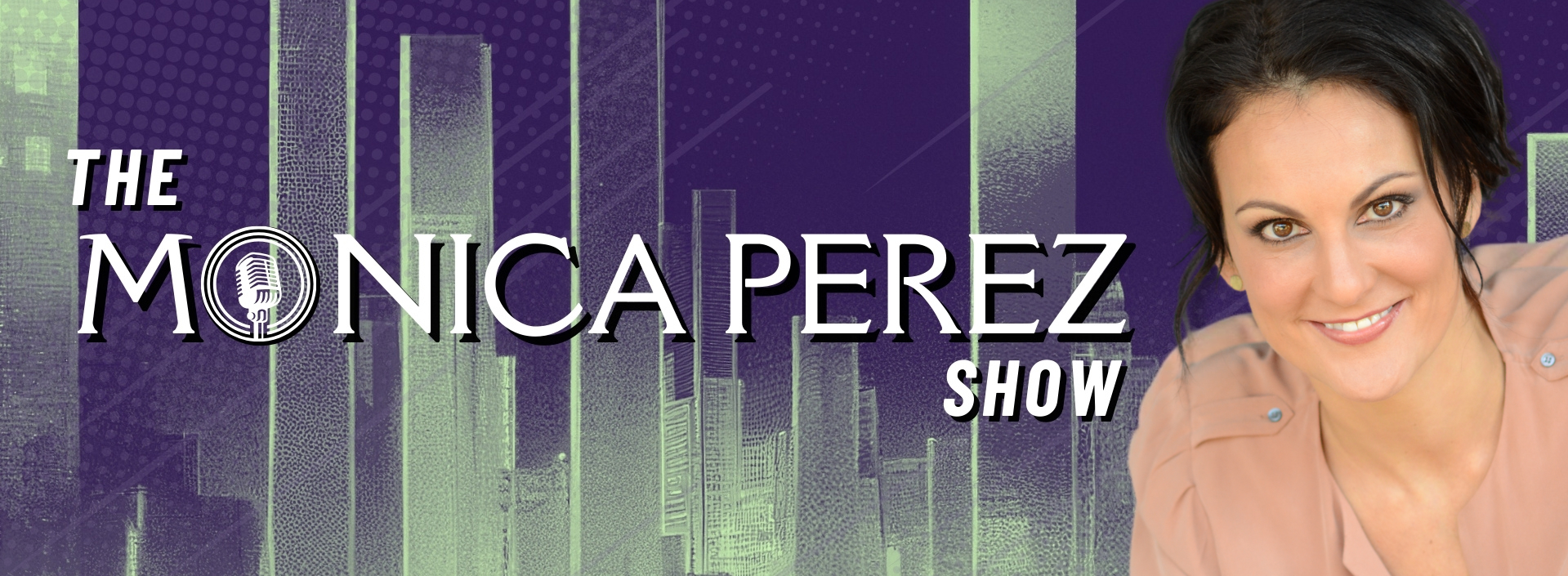Misleading images are a tool frequently used by those in the mainstream media to deceive their audiences. While the commentator describes an event, document, or claim, images appear on the screen along with a descriptive caption at the bottom. Our brains naturally associate the caption and commentary with the images they’re paired with. No one has the time or energy to dig deep into every story that’s reported on a daily basis. Sometimes we learn about a story on the way out the door, or from a muted television while working out at the gym. In these cases, when we get news in passing, a misleading image can give us a false impression about a story. Below are two examples of the media attempting to subtly deceive how its audience perceives the “Comey Memo” story.
First, some context. The New York Times published a story that claimed President Trump asked James Comey to stop investigating Michael Flynn. That’s the short of it. This claim was based on a memo allegedly written by James Comey. The guy who wrote the article did not actually see the memo. Instead, an unnamed source read parts of the memo to him. This story spread like wild fire and was reported by the media as though the claim were a proven fact. This despite the fact that as of now, no one reporting on the story has actually seen the memo. The only people who’ve seen the memo are anonymous sources. The FBI has said nothing about it. James Comey has said nothing about it. That will likely change. Comey will eventually have to answer questions about it. The media, however, isn’t waiting around to find out what is and is not true.
Here’s an image that CNN flashed on the screen while Anderson Cooper and a guest discussed the accusation. 
Obviously that’s not the “Comey Memo,” but to someone who sees this image on a television that’s 20 feet away while they’re on a treadmill at L.A. Fitness, it sure looks like a Comey memo. Someone who learns of this story in this manner would form their initial impression based solely on what they take away from this image. Unless they later go back and investigate, that initial impression will become their lasting impression. What impression does this image leave? If I saw this, without knowing any other information, I’d think that Comey himself had produced a memo stating that Trump asked him specifically to end the Flynn probe. I’d be wrong on both accounts. This happened to me initially. Because of the way the story was reported, I initially assumed that Comey had come out and made a public statement. It wasn’t until later when I had time to read through the various articles that I realized that Comey hadn’t said anything.
Here’s another one. This image was flashed while Rachel Maddow was interviewing the writer of the New York Times article.

Just like the previous image, this one could leave a false impression on the mind of anyone who sees it in passing. Based on the image and caption, it appears that Comey is making a statement about how Trump asked him to shut down the Flynn investigation. Again, this has yet to happen.
Did Trump say what the NYT article claimed he said? Did Comey document Trump’s words in a memo? I can’t answer either of those questions. It’s possible. If so, I’d like to see the words in full context. I don’t tend to trust anonymous sources who cherry pick quotes and don’t let anyone else see the memo they’re reading from. Whether or not the claim turns out to be based in truth, however, is beside the point. The point is that the MSM doesn’t care if something is an unproven rumor. If the rumor furthers their agenda, they’ll use a variety of media manipulation tactics to try and deceive their audience into believing that the rumor is a proven fact.
